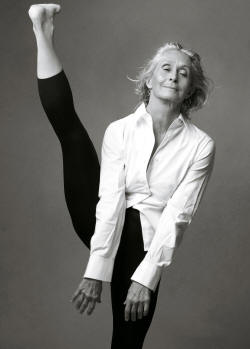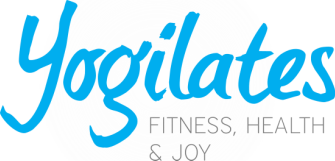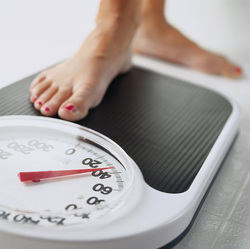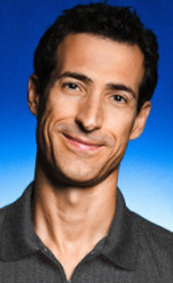
I have had great satisfaction in seeing the few students who take the time to come back consistently to class, growing in their skill and development of their bodies. With no change in the exercises, they find that they now feel the work even more and get better results, not less, from the repetition. Others, who either found the work too challenging or were not committed, come back infrequently and think things are still the same and are bored. But, boredom is never a problem of the exercise, it is a problem of the mind. In my classes, there is always much to focus on. And it is precisely this focus that creates control and develops the body as nothing else can. You can tell you are in a real technique class by the way the instructor is getting you to focus, not on muscles, but on the way you are moving – with direction, quality, ease of effort, grace, and form. I always make students aware of the whole body so they can sense the oppositional forces, the length, the space, alignment, and control from head to toe. This is how repetition leads to better and better mastery.
With this being said, I am not against learning new things. In fact, I probably challenge my students with more exercises outside of the traditional Pilates and yoga vocabulary than anyone. However, I don’t do it just to have them do new things. I do it to show then how to apply the same exact focus used in Pilates and yoga with any exercise. It is a continuation of the technique, applied to different movements. It is never really about the exercise, but again in how you do it. This is how I approach teaching my Yogilates and Barre Fusion classes. Within the vocabulary of the toning exercises, I integrate the focus on the whole body, proper alignment, centering, fluidity, and balanced development. Needless to say, doing Pilates and Barre Fusion is a natural combination, just like Pilates and Ballet. For me, the goal is still the same – efficient, quality exercises that teach you to move better, as well as look better.
Take care, Jonathan



 RSS Feed
RSS Feed
